
Less power, lower emissions: improving AC technology
With air conditioner demand surging, scientists are looking for ways to improve the energy efficiency of cooling systems and limit damaging...
2023-08-02 14:20
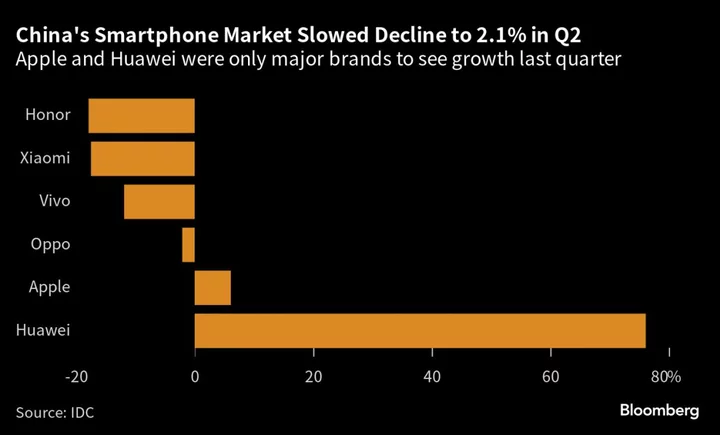
Chinese Smartphone Market May Remain Weak Through 2023, IDC Says
Chinese smartphone shipments fell 2.1% in the second quarter, extending a market decline that may persist throughout 2023,
2023-07-27 15:56

Water discovered to be leaking from Earth's crust into the planet's core
There is much we still don’t know about the inside of our planet – but scientists recently discovered water is slowly leaking down there from the surface. It’s not a simple journey. The liquid is dripping down descending tectonic plates, before eventually reaching the core after a 2,900 kilometre journey. And while the process is slow, it has over billions of years formed a new surface between the molten metal of the outer core and the outer mantle of the Earth. In a new study, scientists at Arizona State University have said the water is triggering a chemical reaction, creating the new layer, which is “few hundred kilometres thick”. (That’s “thin” when it comes to the inner layers of the Earth.) “For years, it has been believed that material exchange between Earth's core and mantle is small. Yet, our recent high-pressure experiments reveal a different story. “We found that when water reaches the core-mantle boundary, it reacts with silicon in the core, forming silica," co-author Dr Dan Shim wrote. “This discovery, along with our previous observation of diamonds forming from water reacting with carbon in iron liquid under extreme pressure, points to a far more dynamic core-mantle interaction, suggesting substantial material exchange.” So what does it mean for all of us up on the surface? The ASU release said: “This finding advances our understanding of Earth's internal processes, suggesting a more extensive global water cycle than previously recognised. “The altered ‘film’ of the core has profound implications for the geochemical cycles that connect the surface-water cycle with the deep metallic core.” How to join the indy100's free WhatsApp channel Sign up to our free indy100 weekly newsletter Have your say in our news democracy. Click the upvote icon at the top of the page to help raise this article through the indy100 rankings.
2023-11-16 21:16
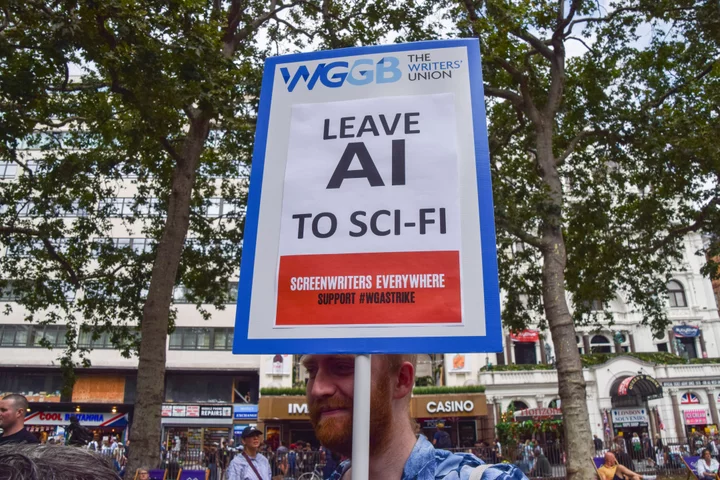
Federal judge rules that AI art can't be copyrighted
There has been a debate raging over whether or not work created by generative artificial
2023-08-20 02:50
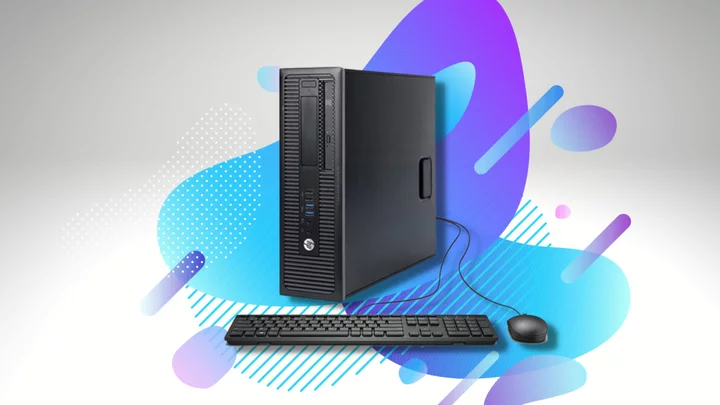
This $210 near-mint condition desktop has 16GB RAM and a 480GB SSD
TL;DR: Looking for a low-cost desktop computer? Snag a refurbished HP ProDesk 600 G1 (Intel
2023-05-12 17:56
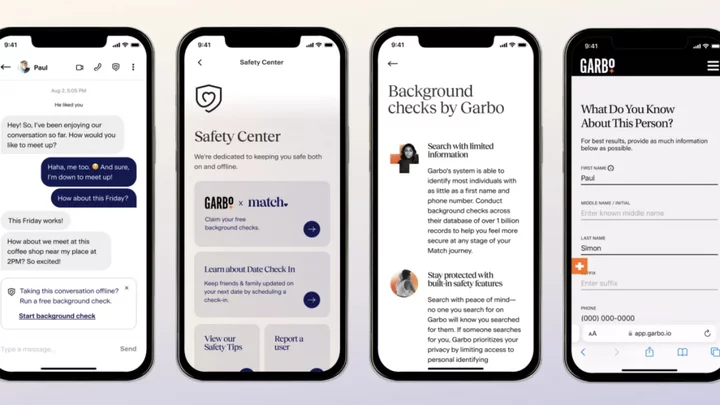
Tinder's background check partner Garbo has ended the relationship
Garbo, a nonprofit platform focused on promoting safety and preventing harm online, has ended its
2023-08-22 01:17
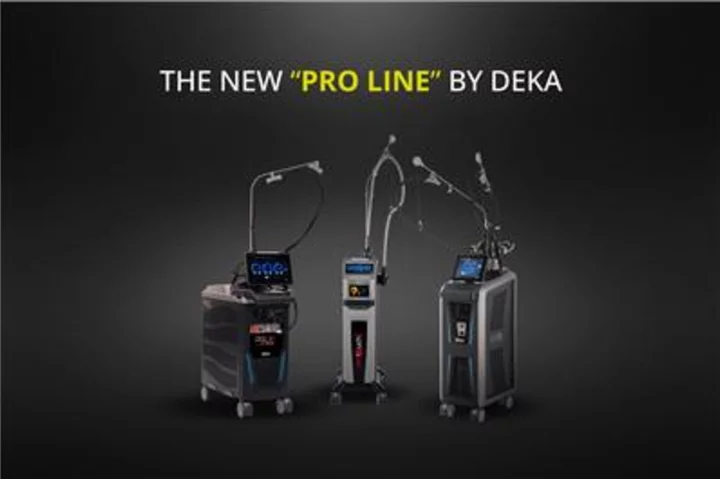
After the Great Success Achieved in the United States and Canada, DEKA Launches Three Extraordinary Laser and Microwave Platforms at the World Congress of Dermatology in Singapore
SINGAPORE--(BUSINESS WIRE)--Jul 3, 2023--
2023-07-03 16:28
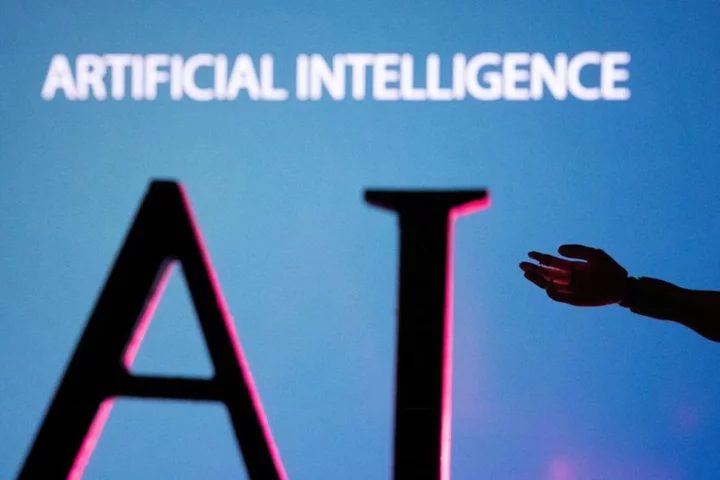
Governments, firms should spend more on AI safety, top researchers say
By Supantha Mukherjee STOCKHOLM Artificial intelligence companies and governments should allocate at least one third of their AI
2023-10-24 14:51
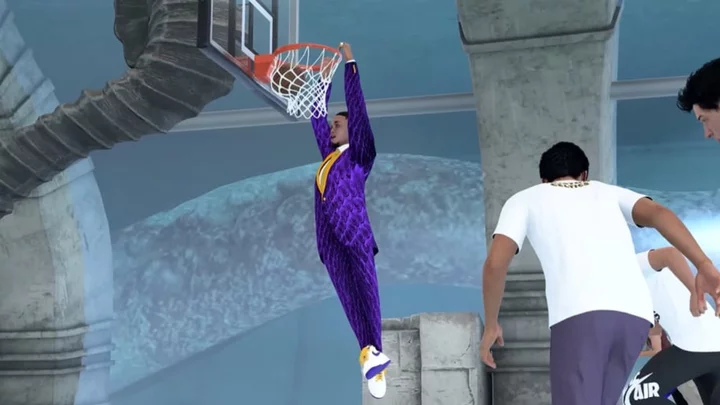
NBA 2K24 Best Dunk Package: Current and Next Gen
The NBA 2K24 best dunk packages on Current and Next Gen are LeBron James, Giannis Antetokounmpo, and One Foot Big Man Tomahawk.
2023-10-04 03:17
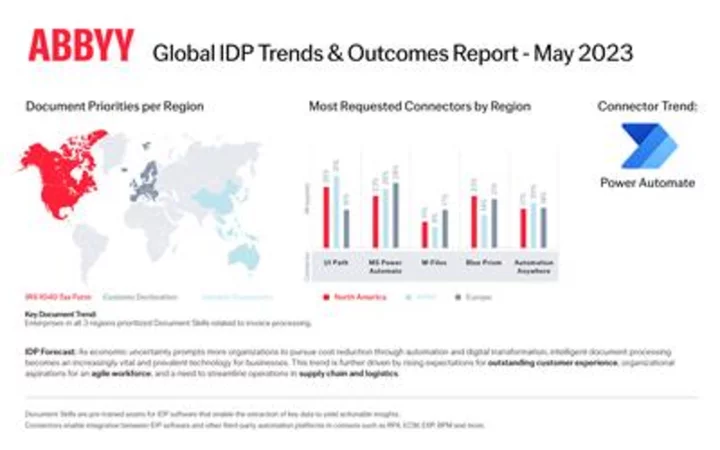
ABBYY Releases Global Intelligent Document Processing (IDP) Trends & Outcomes Report with Insights into Organizations’ Priorities for Improving Operational Excellence
MILPITAS, Calif.--(BUSINESS WIRE)--Jun 6, 2023--
2023-06-06 19:28
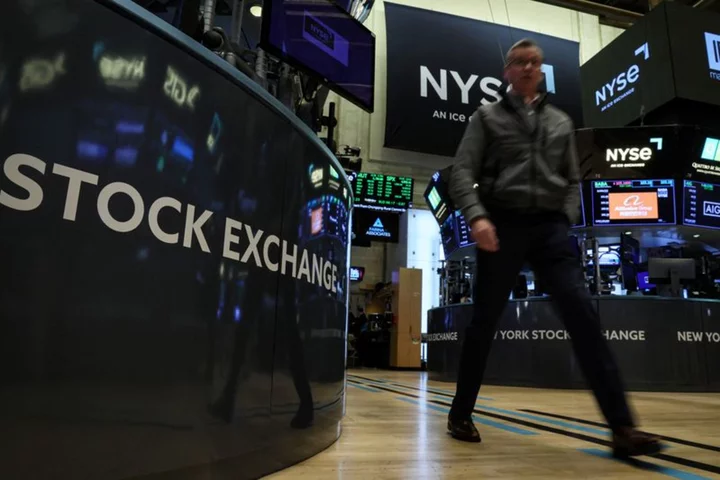
Marketing automation firm Klaviyo's shares set to jump up to 20%
(Reuters) -Shares of Klaviyo were set to open up to 20% above their IPO offer price on Wednesday, giving the
2023-09-20 22:48

San Francisco's complaint against Twitter says flashing 'X' sign put up without a permit
In a complaint, the city of San Francisco says they have visited Twitter headquarters twice since Friday regarding the new flashing "X" sign on top of the building.
2023-07-31 11:45
You Might Like...
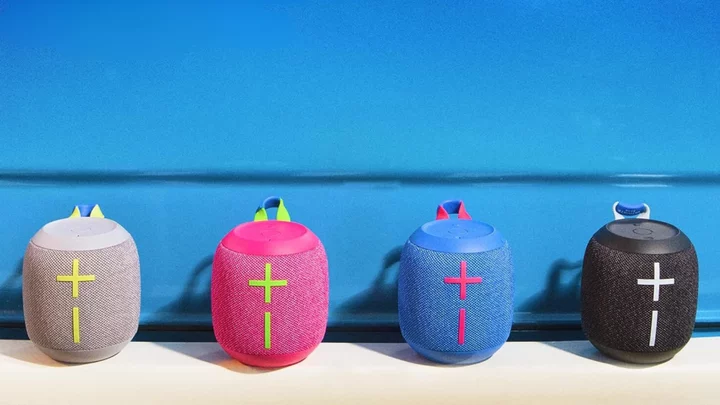
Score a deal on our top-picked Bluetooth speakers at Amazon

Scandinavian Firms Show Large ESG Gaps on Cusp of New EU Rules

Benson Hill Appoints Chief Transformation Officer to Drive Company Evolution
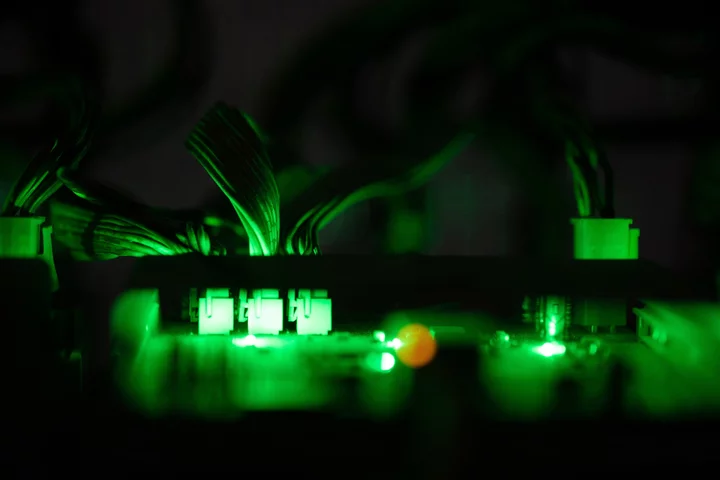
Nvidia-Backed CoreWeave Seeks Stake Sale at Up to $8 Billion Valuation
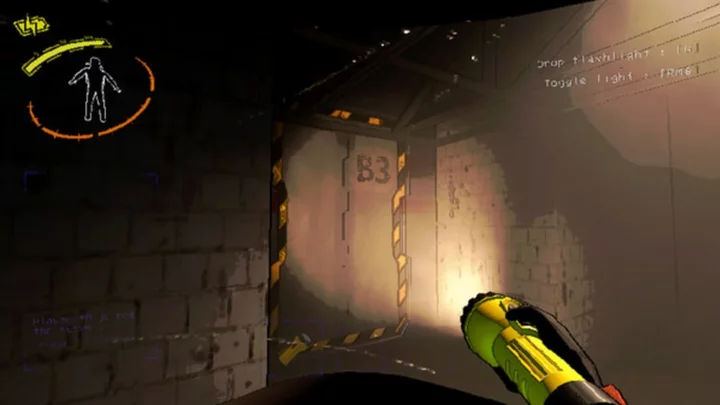
How Much Money Has Lethal Company Made: Total Sales
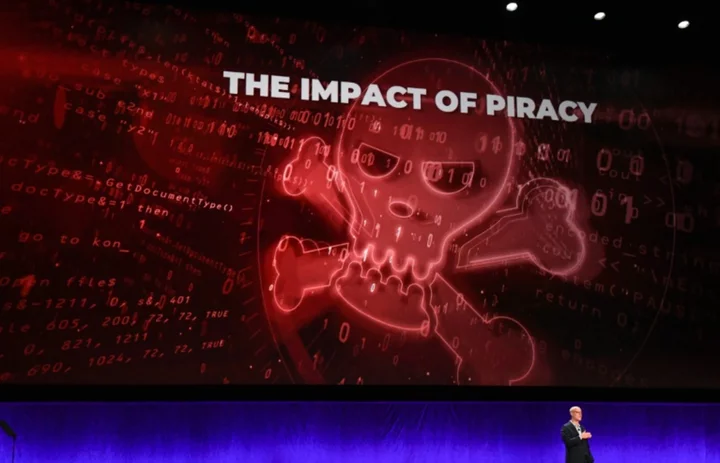
Entertainment industry struggles with 215 bn piracy site visits
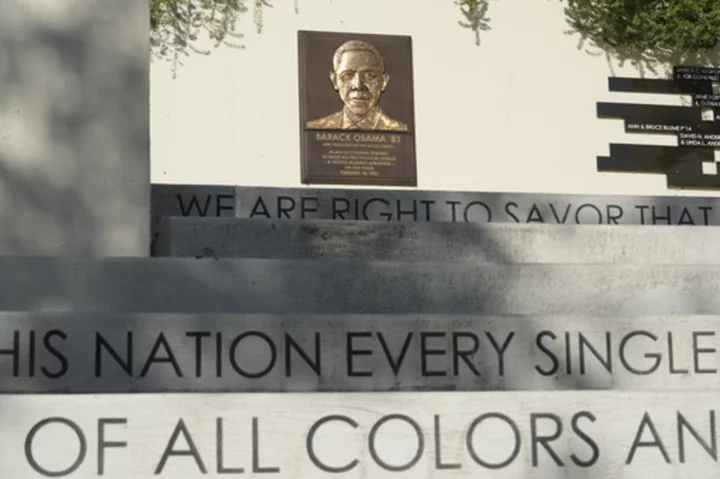
Obama's first college is latest to end legacy admissions

How to watch the Monaco Grand Prix online for free
